Native Plants
| |
|
|
| Slender Mat Rush Lomandra Hystrix 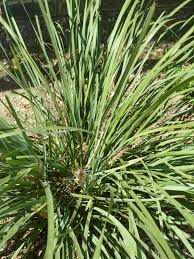
|
|
|
| Blue Flax Lily Dianella Caerulea 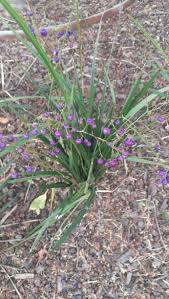
|
|
|
| Native Grape Cissus Hypoglauca 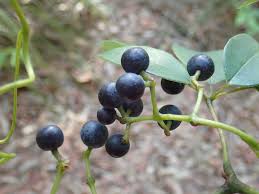
|
|
|
| Hop Bush Dodonaea 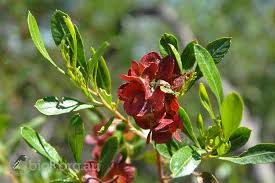
|
|
Traditionally used to treat tooth ache, cuts and stingray stings. |
| Native Raspberry Rubus Moluccanus 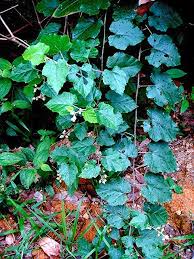
|
|
|
| Tasmanian Pepperberry Tasmannia Lanceolata 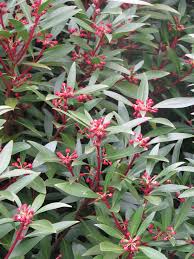
|
A female Tasmanian pepper has smaller flowers and fewer petals than the male. Only the females produce the distinctively spicy hot pepperberries. | Treatment of sore gums and toothaches. When the berries were crushed a paste was made by adding water and then applied to the area of infection. |
| White Aspen Acronychia oblongifolia 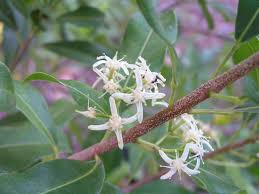
|
A small-to-medium rainforest tree with the fruit having a crisp texture with a strong citrus flavour. | |
| Cinnamon Myrtle Backhousia Myrtifolia 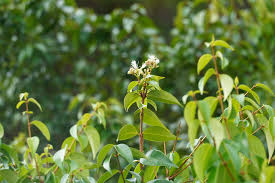
|
A small tree whose leaves have a spicy, cinnamon-like fragrance. | The leaves used for cooking and to make calming tea useful for dyspepsia, heartburn, colic and the digestive system. The tree’s wood for tools. |
| Creek Lilly Pilly Syzygium Smithii 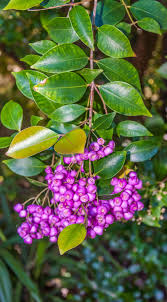
|
|
|
| Mountain Devil Lambertia Formosa 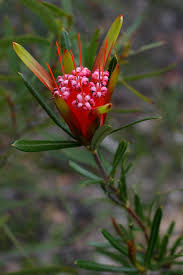
|
|
|
| Pigface Carpobrotus Glaucescens 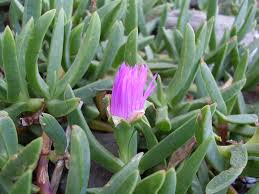
|
|
|
| Geebung Persoonia pinifolia 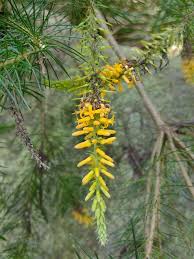
|
|
|
| Apple Berry Billardiera Scandens 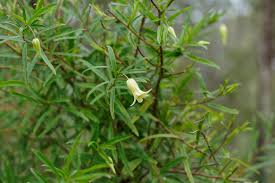
|
|
|
| Plum Pine Podocarpus elatus 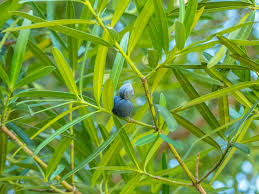
|
An Australian pine with dark green, shiny, narrow leaves which create a dense screen or canopy. Its fruit is a vivid purple with a plum/pine flavour | Traditional landowners eat the fruit as a food source, and are now most prominently used to create jams and condiments. |
| Wombat Berry Eustrephus latifolius 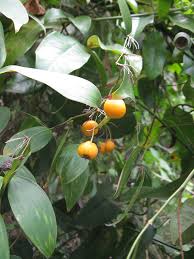
|
A fairly small and delicate climber. Its stems can reach up to 6m long but remain slender. Produces round bright orange fruit split and expose shiny, black seeds. | The fleshy root tubers are edible with an earthy, sweet taste and were eaten by Aboriginal people both raw and baked. |